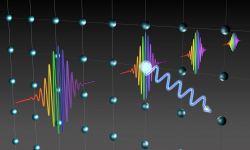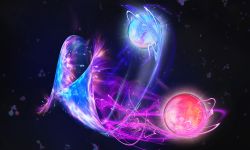
This year, physicists in Innsbruck have realized the first quantum simulation of lattice gauge theories, thereby, building a bridge between high-energy theory and atomic physics. The joint research work of Rainer Blatt’s group of experimental physicists and Peter Zoller’s team of theoretical physicists has been recognized by the British magazine Physics World as one of the ten most important breakthroughs in physics in 2016.
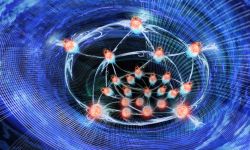
In experiments with magnetic atoms conducted at extremely low temperatures, scientists have demonstrated a unique phase of matter: The atoms form a new type of quantum liquid or quantum droplet state. These so called quantum droplets may preserve their form in absence of external confinement because of quantum effects. The joint team of experimental physicists from Innsbruck and theoretical physicists from Hannover report on their findings in the journal Physical Review X.
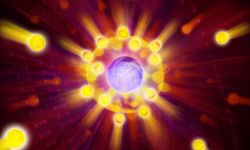
The formation of quasiparticles, such as polarons, in a condensed-matter system usually proceeds in an extremely fast way and is very difficult to observe. In Innsbruck, Rudolf Grimm’s physics research group, in collaboration with an international team of theoretical physicists, has simulated the formation of polarons in an ultracold quantum gas in real time.
Read more …Observing the Birth of Quasiparticles in Real Time
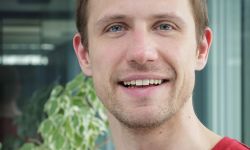
Experimental physicist Gerhard Kirchmair will receive an ERC Starting Grant for conducting quantum research with superconducting circuits. The grant, awarded by the European Research Council and valued at up to 1.5 million Euro, is the most prestigious and important award for junior scientists in Europe.
